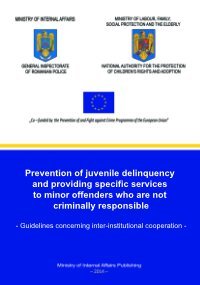By G. J. Abbink and W.M.J. van Kesse.
This volume contains a range of original studies on the controversial role of youth in politics, conflicts and rebellious movements in Africa. A common aim of the studies is to try and explain why patterns of generational conflict and violent response among younger age groups in Africa are showing such a remarkably uneven spread across the continent. An introduction by Jon Abbink (Being young in Africa: the politics of despair and renewal) is follwed by three parts: 1. Historical perspectives on youth as agents of change (Murray Last on youth in Muslim northern Nigeria, 1750-2000; G. Thomas Burgess on youth in revolutionary Zanzibar); 2. State, crisis and the mobilization of youth (Peter Mwangi Kagwanja on youth identity and the politics of transition in Kenya, 1997-2002; Karel Arnaut on youth and the politics of history in Côte d'Ivoire; Jok Madut Jok on the position of youth in South Sudan; Piet Konings on anglophone university students and anglophone nationalist struggles in Cameroon; and Sara Rich Dorman on youth and politics in Eritrea); 3. Interventions: dealing with youth in crisis (Yves Marguerat on street children in Lom‚, Togo; Angela McIntyre on the phenomenon of child soldiers in Africa; Simon Simonse on failed Statehood and the violence of young male pastoralists in the Horn of Africa; and Krijn Peters on the reintegration of young ex-combatants in Sierra Leone).
Leiden: Brill, 2005. 311p.







